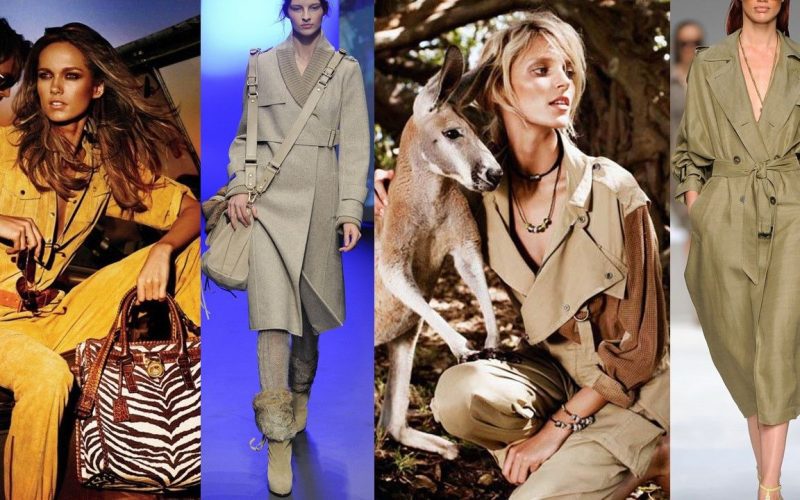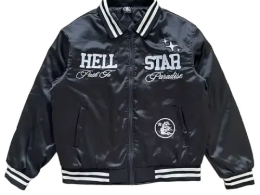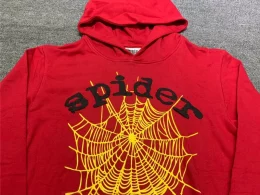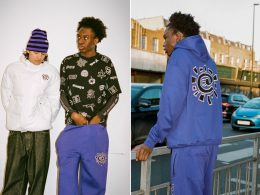Diversity and inclusion have become critical topics in various industries, including fashion. The American fashion industry, known for its influence and innovation, is increasingly recognizing the importance of representing diverse identities and ensuring inclusive practices. This article explores the role of diversity and inclusion in American fashion, its impact on the industry, the challenges faced, and the progress made.
Historical Context of Diversity in American Fashion
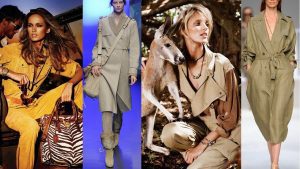
The American fashion industry has a complex history regarding diversity. Traditionally dominated by white designers and models, the industry has often marginalized people of color, plus-size individuals, and those from the LGBTQ+ community. In the early 20th century, fashion shows and advertisements rarely featured non-white models, and the industry was criticized for perpetuating narrow beauty standards.
The Shift Towards Inclusivity
Over the past two decades, there has been a significant shift towards inclusivity in fashion. This change is driven by several factors, including societal pressure, the rise of social media, and the recognition that diversity can enhance creativity and innovation. Designers and brands are now more aware of the benefits of inclusivity, such as a broader customer base and improved brand loyalty.
Representation on the Runway
One of the most visible areas of change is representation on the runway. Fashion weeks in major cities like New York, Los Angeles, and Miami have seen a notable increase in models of different ethnicities, body types, and gender identities. Designers like Prabal Gurung, Christian Siriano, and Rihanna’s Fenty have championed diversity, making it a core part of their brand ethos.
Table 1: Analysis of Model Diversity at New York Fashion Week (NYFW)
| Year | Percentage of Models of Color | Percentage of Plus-Size Models | Percentage of LGBTQ+ Models |
|---|---|---|---|
| 2010 | 15% | 2% | 1% |
| 2015 | 25% | 5% | 3% |
| 2020 | 40% | 10% | 7% |
| 2023 | 50% | 15% | 10% |
This table shows a positive trend in the inclusion of diverse models at NYFW over the years, indicating progress but also highlighting the need for continued efforts.
Inclusive Marketing and Advertising
Inclusive marketing and advertising are crucial for reflecting societal diversity. Brands like Dove, Nike, and Calvin Klein have launched campaigns featuring individuals from various backgrounds, challenging traditional beauty norms. Social media platforms have played a significant role, allowing brands to engage with diverse audiences directly and receive immediate feedback.
The Business Case for Diversity
The business case for diversity in fashion is compelling. Studies show that diverse teams are more innovative and better at problem-solving. Brands that embrace diversity often see increased customer loyalty and higher sales. For instance, Rihanna’s Fenty Beauty, with its wide range of foundation shades, achieved unprecedented success, demonstrating the market demand for inclusive products.
Table 2: Comparative Analysis of Inclusive vs. Non-Inclusive Brands
| Brand | Year Established | Inclusive Practices | Market Share Increase | Customer Satisfaction |
|---|---|---|---|---|
| Fenty Beauty | 2017 | Wide range of shades, diverse models | 120% | 95% |
| Victoria’s Secret | 1977 | Limited diversity, traditional beauty standards | -10% | 60% |
| Nike | 1964 | Inclusive campaigns, diverse athletes | 50% | 90% |
| Abercrombie & Fitch | 1892 | Historically exclusive, recent shift towards inclusivity | 15% | 75% |
This comparative analysis illustrates that brands with inclusive practices tend to perform better in market share and customer satisfaction.
Challenges and Criticisms
Despite progress, the fashion industry faces significant challenges in achieving true diversity and inclusion. Tokenism, where brands superficially adopt diversity for appearances, remains an issue. There is also a lack of diversity in executive positions within fashion companies, which can hinder meaningful change. Additionally, cultural appropriation continues to be a contentious topic, with brands sometimes misrepresenting or commodifying elements of marginalized cultures.
The Role of Fashion Education
Fashion education institutions play a pivotal role in fostering diversity and inclusion. Schools like Parsons School of Design and the Fashion Institute of Technology are incorporating diversity and inclusion into their curricula, encouraging students to consider these values in their work. By nurturing diverse talent from the ground up, the industry can ensure a more inclusive future.
The Impact of Social Media and Influencers
Social media and influencers have democratized fashion, giving voice to underrepresented groups. Platforms like Instagram and TikTok allow individuals to showcase their unique styles and challenge traditional norms. Influencers from diverse backgrounds have amassed significant followings, proving that there is a demand for varied and inclusive content.
Future Directions
The future of diversity and inclusion in American fashion looks promising, with many industry leaders committed to change. However, sustained efforts are needed to address deep-rooted issues. This includes fostering an inclusive culture within organizations, ensuring diverse representation at all levels, and actively combating discrimination and bias.
Conclusion
Diversity and inclusion are not just trends but essential components of a thriving and innovative fashion industry. The American fashion scene has made considerable strides in recent years, but there is still much work to be done. By embracing diversity and fostering an inclusive environment, the fashion industry can better reflect the rich tapestry of society and drive continued growth and creativity.






